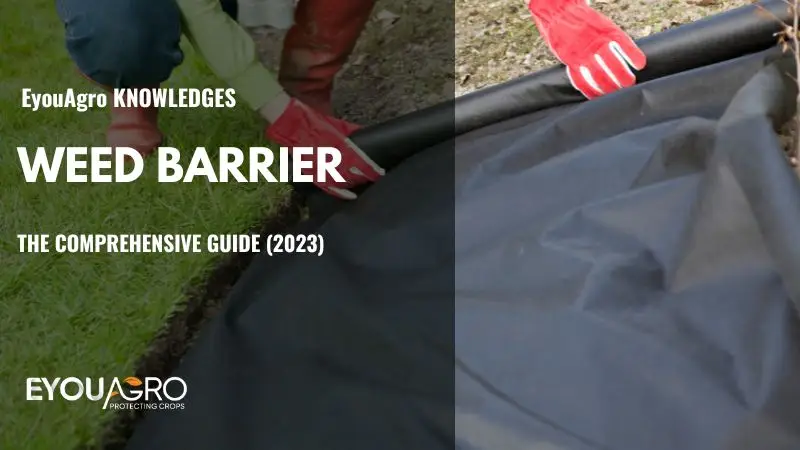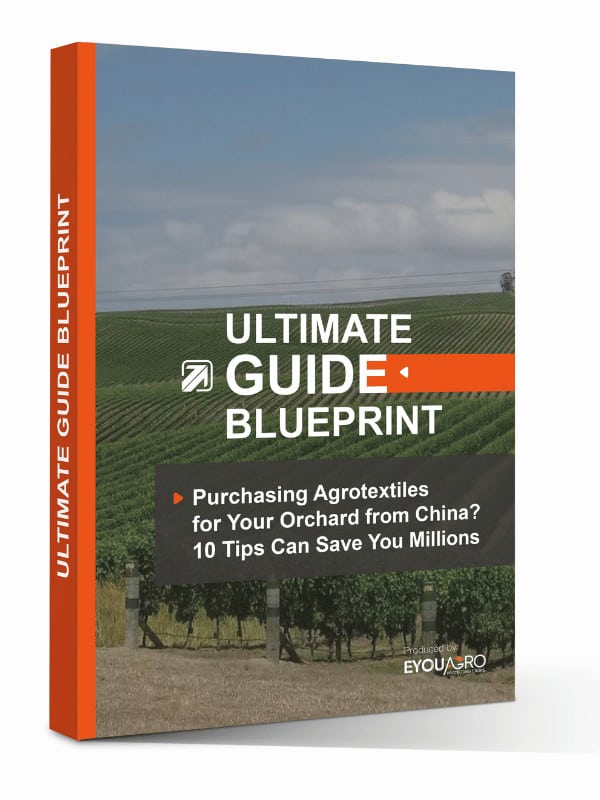Farming has a centuries old origin. It is among the oldest occupations on the Earth. Generations after generations, humans, worked in the fields to fend for themselves and provide the man with food to survive.
As time progressed, so did the farming practices. The reason for all the developments was to better the cultivation experience. Though we have covered significant milestones in the sector, many challenges remain to be addressed. Protecting crops from stray animals, pests and birds, is indeed a tedious chore for cultivators. But there is another threat, considered to be much more devastating for the crops- The weeds.
Weeds forms a strong parasitic connection with the plants. By parasitic, it implies, they compete aggressively with plants for resources, thus putting a marked constraint on crop yield.
Therefore, protecting crops against the weed’s invasion is crucial to get maximum yield. Though several chemical weedicides are available in the market, they proved to be deadly for the crops. In this regard, the weed barrier is a non-toxic and effective solution; every farmer must accede to protect its crops.
What is a weed barrier?
A weed mat or weed barrier is a biodegradable black plastic (polypropylene) mesh or cloth used to keep the weeds away from the fields. It works by blocking the sunlight from reaching the weeds, making them hard to survive.
A weed mat reduces the weed invasion by impeding the air supply while permitting the moisture, air, and fertilizer to reach the plant.

Things to consider before buying a weed barrier:
While selecting a weed barrier, it is vital to choose the one that fits the intended use and the garden’s type. Following are the key specifications to consider before shopping for a perfect weed fabric for the field:
- The first thing to keep in mind before purchasing a weed barrier is its material. Whether it is of cloth or plastic, it should be durable for at least five years.
- Besides the material’s quality, it is essential to consider its weight. Always select a lightweight weed fabric having an average weight of 3oz per square inch as a heavy mat could be damaging for the plants. Meanwhile, its average thickness should be 1.5 mils to prevent the weeds from proliferating by cutting the sunlight’s supply.
- Choose a thicker fabric for gravel areas while thinner for the herbs and vegetables as thick material could crush their roots.
- We suggest selecting a UV resistance weed barrier to repulse damaging UV rays, thus reducing the need for mulch to protect the fabric.
- Try to find lightweight, easy to install, and eco-friendly weed fabric that does not emit chemicals in the soil.
| Specifications |
| Material: UV stabilizer 100% polypropylene with colorants |
| Durability: 5-10 years |
| Permeability: Porous enough to allow passage of water, nutrients, and air |
| Eco-friendly: Make sure it is safe and does not emit harmful chemicals |
| Average weight: 3oz per square inch |
| Average thickness: 1.5 mils |
Where to use the weed barrier?

Weeds are injurious for the crops as they suck all the nutrients that the plants should consume. Eliminating weeds from the garden is a never-ending fight; as the growers remove them; they sprout again. In this regard, weed barriers make a reliable option to terminate the stubborn weeds from the field. You can use weed barriers to secure your:
- Flower beds
- Strawberry patches
- Shrubberies
- Ornamental gravel gardens
- Vegetable gardens
- Driveways
- Trees
- Under decks
Types of weed barrier and their uses:
Weed mats come in various types and choosing the perfect one depends on your requirements. Here is a complete guide about the types and use of different types of weed barrier:
| Types | Material | Uses | Permeability | |
| Woven | Polypropylene or linen fibers | Trees, shrubs, flower beds | Highly permeable | |
| Non-woven | Polyester or polypropylene | Rocks, gravel paths, beds. | Less permeable | |
| Spun | Layered polyester fibers | Beds Rocks | Permeable to air and water | |
| Perforated | Lightweight material | Vegetable garden | Pre-cut perforations |
Installation method:
Weed barriers are much recommended for farmers battling to prevent pesky weeds from infiltrating their gardens. Yet, its proper installation is necessary for achieving the desired results. Here are some instructions for the appropriate installation of a weed mat:
Clear the area from all forms of vegetations
Before installing a weed barrier, clean the targeted area. It involves removing all existing weeds and grass by using a garden shovel or hoe. Strike the ground with a hoe tool held at 45 degrees to eliminate the roots of all existing vegetation. Doing this way, will prevent weeds from coming back. Apart from gardening tools, chemical herbicides such as glyphosate can also be used to clean the area.
Level the soil to make it smooth:
After clearing the whole area, the next step is leveling the space. For this purpose, remove all stones and debris from the land to make it smooth. Bow rakes are also useful to even out the area.

Lay the weed fabric over the garden:
The next step is the proper laying out of the weed mat over the area before planting a garden. But before laying it out, it is crucial to roll out the mat to check the area’s dimensions.
After measuring the required length and width of the weed barrier, cut the material with the help of a sharp knife. In case more than one row is required, overlapping the pieces by at least 3 inches is essential for proper installation.
However, if you already have cultivated the plants, it is vital to place the fabric by making holes while projecting the plants out. But don’t forget to leave 1-2 inches for the plants to breathe.
Sometimes, the fabric has different surfaces -one may be shiny while others may be dull. In such a situation, place the mat with the right surface facing the sky.
Fix the fabric with staples:
After placing the weed barrier, it is essential to make sure that it is fixed properly. Prevent the mat from displacing by plunging fabric staples along the edges and central area using a hammer. Besides, temporary weights such as stones can be placed to prevent the fabric from misplacing.
Proper maintenance and checks:
Weed fabrics are durable, and they can work effectively for 5-7 years, but proper maintenance and checking are required to achieve the best results. To increase its effectiveness, a mat can be covered with 2 or 3 inches of mulch to keep the pins in place and protect the fabric from UV rays.
Installation accessories:
Following are some tools and equipment which are required to install a weed barrier.
- Garden hoe: Used to dislodge all existing weeds and roots from the garden.
- Steel rake: Essential to remove all dead grasses and leaves before installing weed fabric.
- Utility knife: A sharp utility knife to cut or trim the weed fabric.
- Staple pins: 6 inches long and 1-inch wide fabric staple pins to hold the mat in the proper place.
- Mulch: Organic or inorganic mulch such as rubber, bark, or wood chips to anchor and protect the fabric from UV rays.
- Tape measure: A flexible ruler to measure the dimensions of area, intended to protect.
- Hammer: To fix staples on the fabric.
Conclusion:
Weeds are proven the arch-enemy of farmers. They reduce the crop’s yield by competing with plants for getting nutrients. In this regard, a weed mat is a useful tool for farmers fighting to eliminate annoying weeds. However, the proper selection, installation, and maintenance of weed barrier is crucial to achieve the optimum results.









